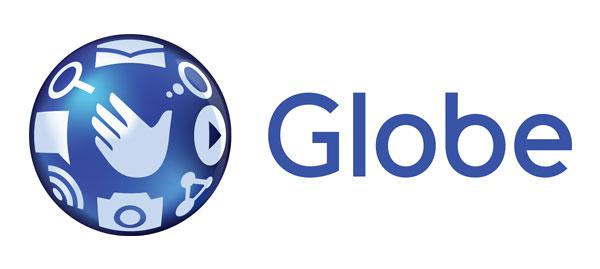
The new operating system for the iPhone (3GS, 4, 4S and 5), iPad (iPad 2 and iPad 3), and iPod Touch (4th and 5th generations), iOS 6, is now rolling out worldwide and should be available if you update your software simply by going to Settings, then to General, and hitting Software Update, just as you would for any new updates to the iOS platform. However, Apple says that there are over 200 new features to iOS 6, and here are some of them.

Siri returns in iOS 6, with a lot of new features. Did you miss a game and want to know the score? Want to know the reviews of a certain movie or restaurant? Open your apps via voice command? Just ask Siri, and it will tell you, and open the apps for you. For example, you can say “Launch Angry Birds” and it will immediately open Angry Birds. You can even integrate it with Twitter and Facebook, and speak your tweets and status updates into your phone.

The Maps application has been completely redesigned, and will now include 3D imagery, navigation by TomTom, and will be integrated with Siri. The app is also integrated with Yelp, so you can see not only where a place is, but its reviews as well, so if you’re in a new city, you can find out not only where to go, but where to stay, where to eat, and interesting landmarks in the city.

Facebook is also fully integrated into iOS 6. “Now it’s easier than ever to interact with the world’s largest social network. And there’s no need to leave your app to do it. Share a photo to Facebook right from Camera or Photos. Post your location right from Maps. Brag about a high score right from Game Center. If you have your hands full, just ask Siri to post for you. You need to sign in to Facebook only once, and you’ll be off and sharing. Never miss another birthday or get-together, since Facebook events are integrated into Calendar. And your Facebook friends’ profile information is integrated into Contacts, so when they update an email address or phone number you automatically stay up to date. Now that’s something to post about,” Apple says on its official website.

On the new Photos app, you can stream your photos on Apple TV, and even share them with people who aren’t using Apple devices through the web. People can like individual photos and make comments on them as well. One of the big pluses to the new Photos app? Your shared photo streams don’t count against your iCloud storage, and they work over Wi-Fi and cellular networks.

Passbook is brand new to iOS 6, and basically you won’t have to fish for things like boarding passes, movie tickets, coupons, or loyalty cards in your purse or wallet ever again, as they are all now in the Passbook app. You can scan your iPhone or iPod touch to check in for a flight, get into a movie, and redeem a coupon. You can also see when your coupons expire, where your concert seats are, and the balance left on that all-important coffee bar card. Wake your iPhone or iPod touch, and passes appear on your Lock screen at the appropriate time and place—like when you reach the airport or walk into the store to redeem your gift card or coupon. And if your gate changes after you’ve checked in for your flight, Passbook will even alert you to make sure you’re not relaxing in the wrong terminal.

FaceTime also received its own facelift, as you now can use it over cellular networks as well as WiFi. Now that you can use FaceTime with iPad, you can use it any time, on any device. The new Phone includes the ability to decline an incoming call and instantly reply with a text message or set a callback reminder. You can even turn on Do Not Disturb mode and only let certain contacts contact you at any given time.

Lost your iPhone? You can still find it via Lost Mode, making it even easier to use Find My iPhone to locate and protect a missing device. Immediately lock your missing iPhone with a four-digit passcode and send it a message displaying a contact number. That way a good Samaritan can call you from your Lock screen without accessing the rest of the information on your iPhone. And while in Lost Mode, your device will keep track of where it’s been and report back to you anytime you check in with the Find My iPhone app.

Want to find your friends or keep track of your kids? Those who share their locations with you appear on a map so you can quickly see where they are and what they’re up to. And with iOS 6, you can get location-based alerts—like when your kids leave school or arrive home. Find My Friends can also notify others about your location, so you can stay connected or keep track of the ones you love.






































